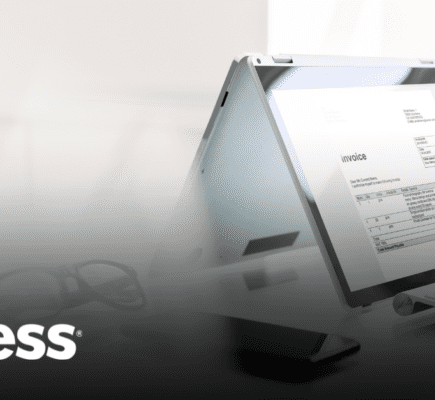
Did you know 90% of the world’s information was created within the last two years? And, that number is doubling every two years!
As information explodes, the regulatory environment continues to expand with new regulations like the General Data Protection Regulation (GDPR). These new regulations are just months from enforcement and updates to existing rules are commonplace.
What does it mean for businesses looking to digitize?
More Content + More Regulation = Increased Cost and Risk
From IT infrastructure to litigation costs, as content and regulations expand, organizations that don’t act will see higher costs across the company, including but not limited to:
- Physical and digital storage solutions
- IT infrastructure maintenance
- eDiscovery
Organizations with a “Hold Everything” philosophy greatly increase their risk of an information breach, especially with phishing schemes, ransomware and cyberattacks on the rise. Records held beyond their required retention dates may contain personally identifiable information (PII) of employees or other critical business data that hackers target. Not to mention, storing copious amounts of information is costly and inefficient. Without a comprehensive organizational structure in place, files are often lost or misplaced, and employees end up wasting valuable time searching for documents they needed yesterday.
So…
How can organizations manage massive content growth over multiple repositories, while also complying with increased enforcement of laws/regulations?
How can they keep cost and risk in control?
How can organizations remain efficient and focused on business goals?
The answer lies in a holistic information governance solution.
Creating an Information Governance Framework
Information governance (IG) is defined by the Information Governance Initiative as, “The activities and technologies that organizations employ to maximize the value of their information while minimizing associated risks and costs.”
An effective IG framework looks at all the content an organization creates—from traditional paper documents and electronic records to text messages, tweets and emails—and establishes clear policies on how each document type should be created, collected, managed and destroyed. Starting with a records management audit will help you identify the types of information your company handles and develop the appropriate policies and retention schedules to protect your business. Businesses should defensibly reduce the amount of content they retain. This may include converting paper files into secure, digital formats or eliminating duplicate copies. As soon as a document reaches the end of its retention cycle, securely destroy it.
Scope and scale are both critical as you develop your IG strategy, especially as content and the regulatory environment continue to expand rapidly. An IG solution should be able to grow as your content grows and adapt to the new types of information that will inevitably be created. Plan for unexpected events such as natural disasters, audits and other litigation. Assess the technology you use to ensure it works within your IG framework.
An effective information management governance framework isn’t just about the processes you put in place—it’s also about the people in your organization.
Your employees are the individuals responsible for creating and managing the information your business generates. Comprehensive training is key and giving your team tools that make information governance easy will help ensure all employees are on board.
A reliable partner should help you create and implement an IG framework across your entire organization, and supply you with tools that make your business more efficient, secure and scalable.
Jen Farnham is an industry leader in information governance and data compliance with over 13 years of experience in client success account management for some of the largest companies and government agencies in California.




